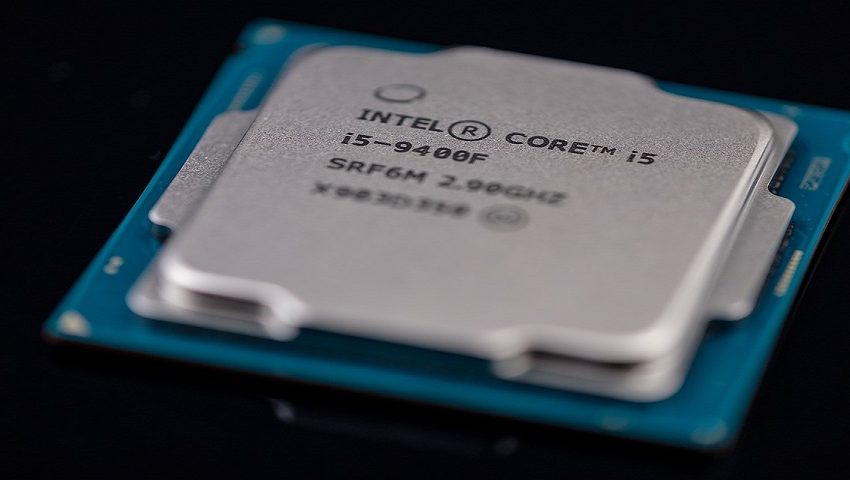Previously this year we upgraded our CPU purchasing guide putting Ryzen front and center, and while that guide is due for an upgrade now that Ryzen 3 and Threadripper have landed, those choices are still as legitimate today as they were at that time with the Ryzen 5 1600 providing the very best efficiency for your dollar for the majority of users.
Intel Core i7-6950X (Broadwell-E)
The majority of these choices will no doubt be questionable, but this one may stimulate the remarks more than others. From a technical viewpoint, the Core i7-6950X was a little a marvel. At the time of release, it was, without a doubt, the most effective desktop CPU, and it didn’t simply smash performance work but was likewise a really capable video gaming processor.
In regards to efficiency, it had no weak point; power usage was really sensible for a 10-core/20-thread CPU, and while not the very best overclocker, once again for a 10-core part, it was outstanding. Sounds excellent up until now, but the concern was the rate.
Intel Core i3-7350K
When you consider all the extra expenses, you basically wind up with a truly pricey dual-core that’s more than two times the rate of the G4560 and not a good deal quicker. Still, the Kaby Lake architecture is great, so in regards to efficiency and performance, the 7350K isn’t bad. Maybe the weakest option of the five worst CPUs, it’s still difficult to suggest this Core i3 with other much better options sitting best beside it.
Update (9/11): Just a simply after publishing this releasing, short article reviewed the latest APUMost current the A12-9800. If the timing had been much better, this processor definitely would have made this list as we can’t come up with one legitimate factor or scenario where these CPUs make an ounce of sense.
Intel Pentium 4 (Prescott)
Prescott doubled down on the P4’s already-long pipeline, extending it to almost 40 phases, while Intel concurrently diminished the P4 to a 90nm die. Prescott and its dual-core brother or sister, Smithfield, is the weakest desktop item Intel ever fielded relatively to its competitors at the time.
AMD Bulldozer
AMD’s Bulldozer was expected to take a march on Intel by skillfully sharing specific chip abilities to enhance performance and lower pass away size. Bulldozer couldn’t strike its target clocks, drew too much power, and its efficiency was a portion of what is required to be. It’s uncommon that a CPU is so bad, it almost eliminates the business that created it.
Intel Itanium
Intel’s Itanium was an extreme effort to press hardware intricacy into software application optimizations. It didn’t. Compilers were not able to draw out needed efficiency, and the chip was significantly incompatible with whatever that had come before it.


